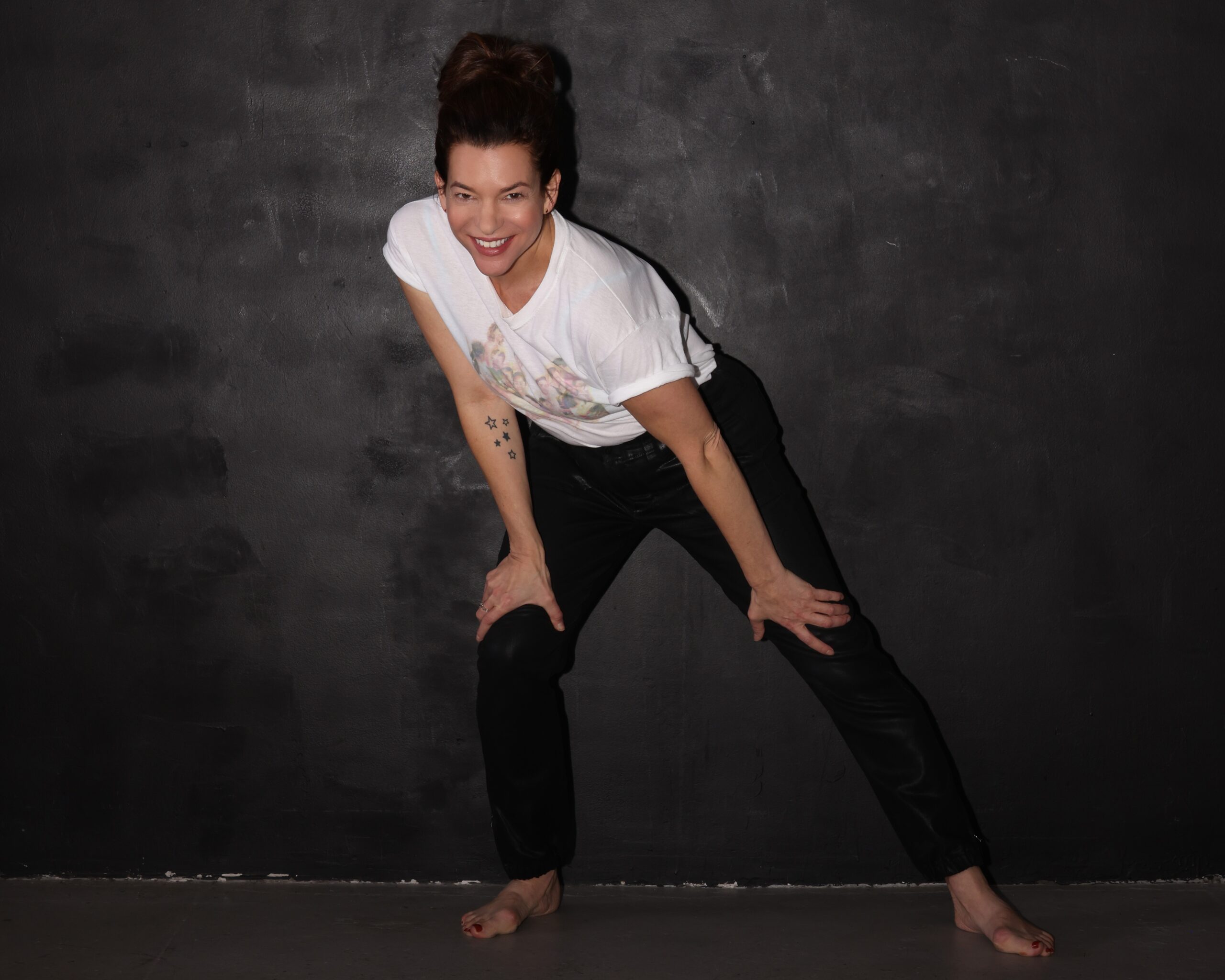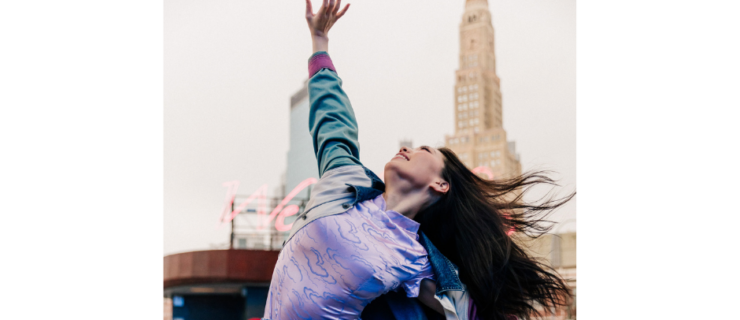Why My Mom, Pam Tanowitz, Dances
On the way to my mom’s midtown apartment in New York City, I think about how funny it is that I’m going to interview her. There’s always been this discrepancy to me between the mother who does silly dances and sang made-up songs to put me to sleep and the mother who gives me career advice and whose brain is overflowing with creative ideas and dance steps. As I try to start the interview, I can feel her slipping between mom mode and choreographer mode—asking me questions about my friends and what the gossip is, showing me the new socks she just bought me. I have to wrangle her to talk seriously with me about her life in dance. Finally, she agrees:
Pam started dancing when she was in fourth grade and “it just stuck,” she says. At Steffi Nossen School of Dance in Scarsdale, New York, she “sponged” as much dance knowledge as she could from her teachers. She started with modern and then took on jazz and ballet, with a brief stint in pointe class. “I was a good dancer, not a great dancer. I could only go up [on pointe] on my right foot. It was weird.” While she may not have excelled in the execution of the steps, Pam’s work now borrows from each of these genres expertly.
At Ohio State, she realized she was more interested in making work than trying to fit into someone else’s mold. After college, she moved right to New York City. From then until I was born in 2000, her work went relatively unnoticed. She acknowledges the frustrations of this time in her career, but, in hindsight, she’s extremely grateful for it.

“It allowed me the time to work when no one was watching me,” she says. “That was invaluable. I just did things and I didn’t think. For better or for worse, I had a nice group of friends who helped me. You have to learn to create yourself with those around you.”
I hardly remember a time when her work wasn’t at the forefront of dance conversations. But after I was born, she tells me, was when good things started happening for her.
“You made me a better artist. I felt like I made better work after I was a mother. I realized that it’s not just about me—there are bigger things. Having a child makes you see that fast.”
“This is a good interview,” my mom tells me, laughing—always encouraging my passions and allowing me the space to explore them. She’s always just wanted me to love what I do, as she does. My writing is a reflection of that.
My friends and I, as young artists in New York City, are always picking her brain and asking her how she did it. She tells me that, as an assistant professor at Rutgers University, all of her students constantly ask her the same question.
“There’s no real formula,” she says. “You just have to love it enough that even if nobody ever sees what you make, you’re still happy.”




